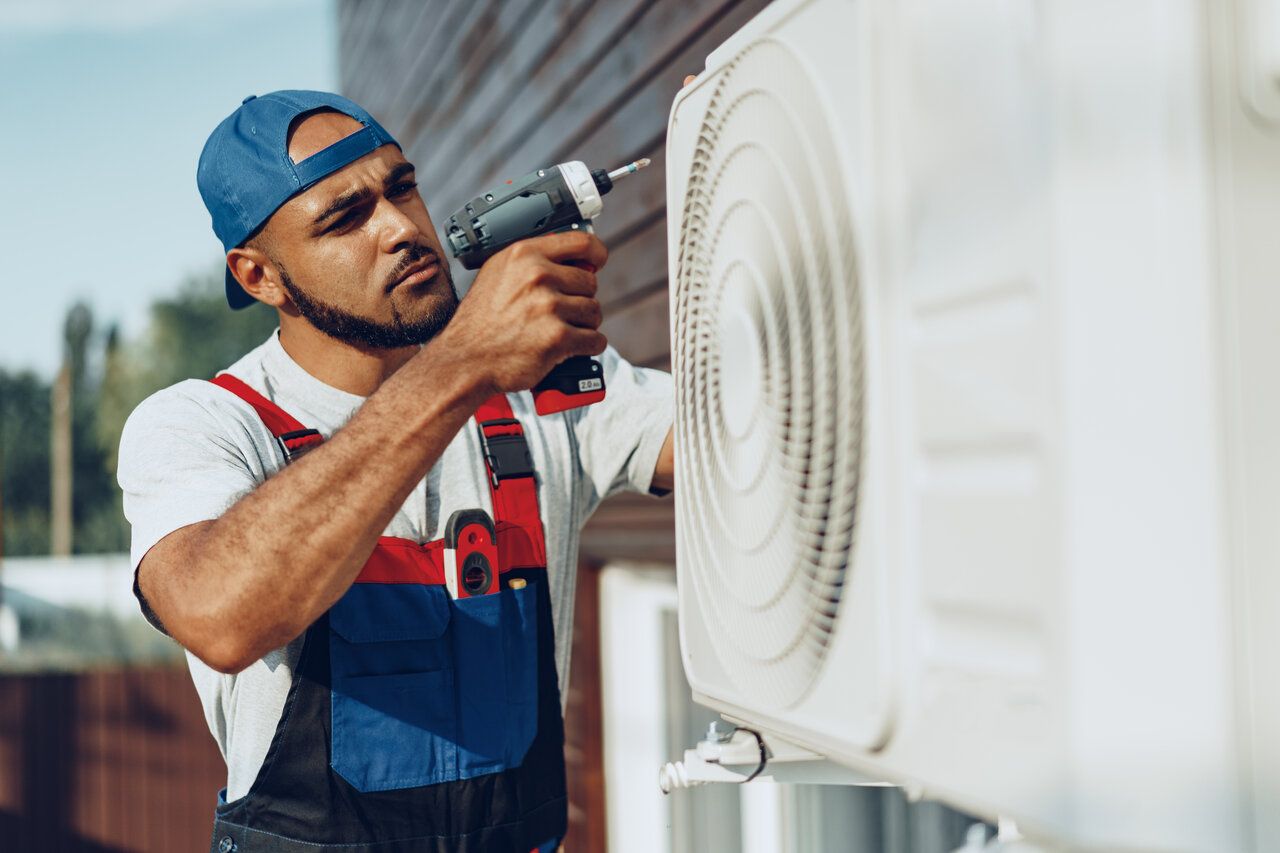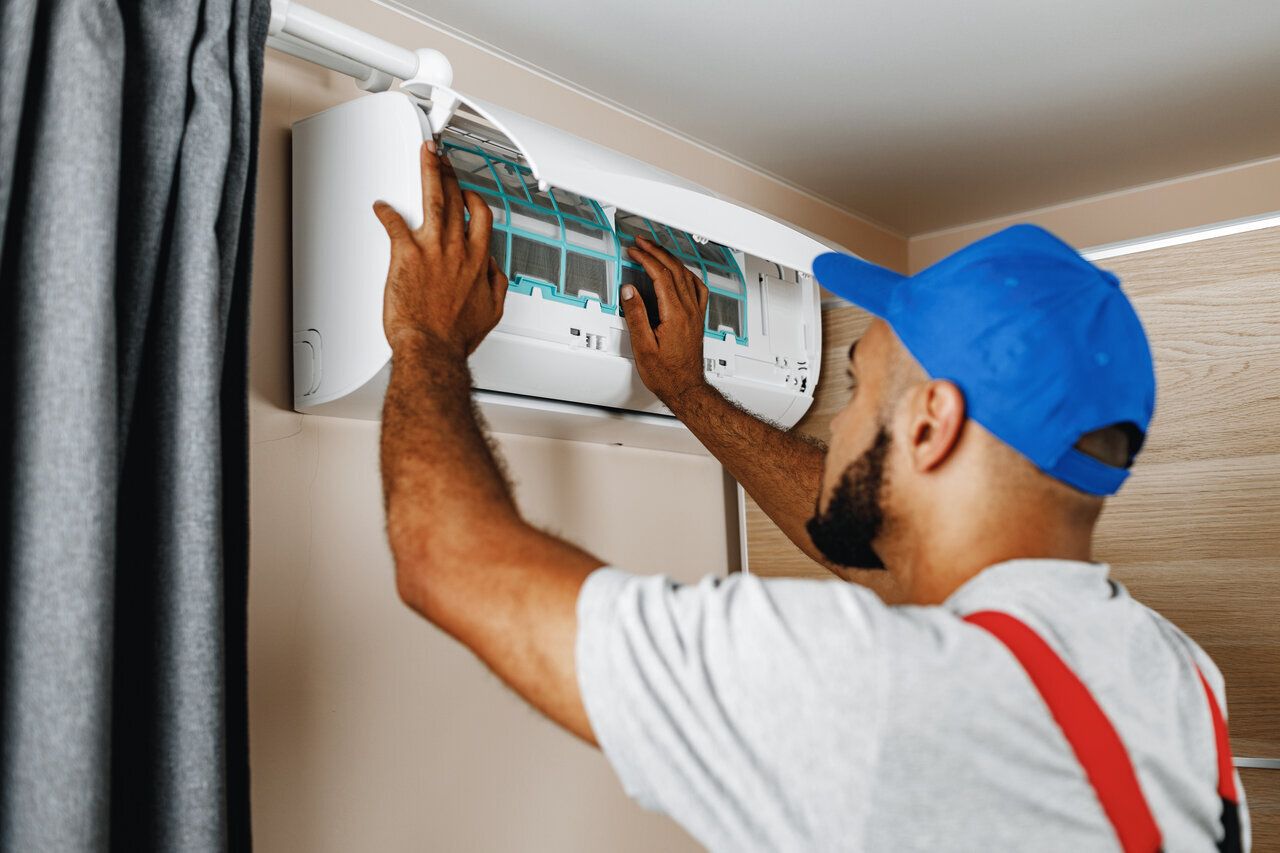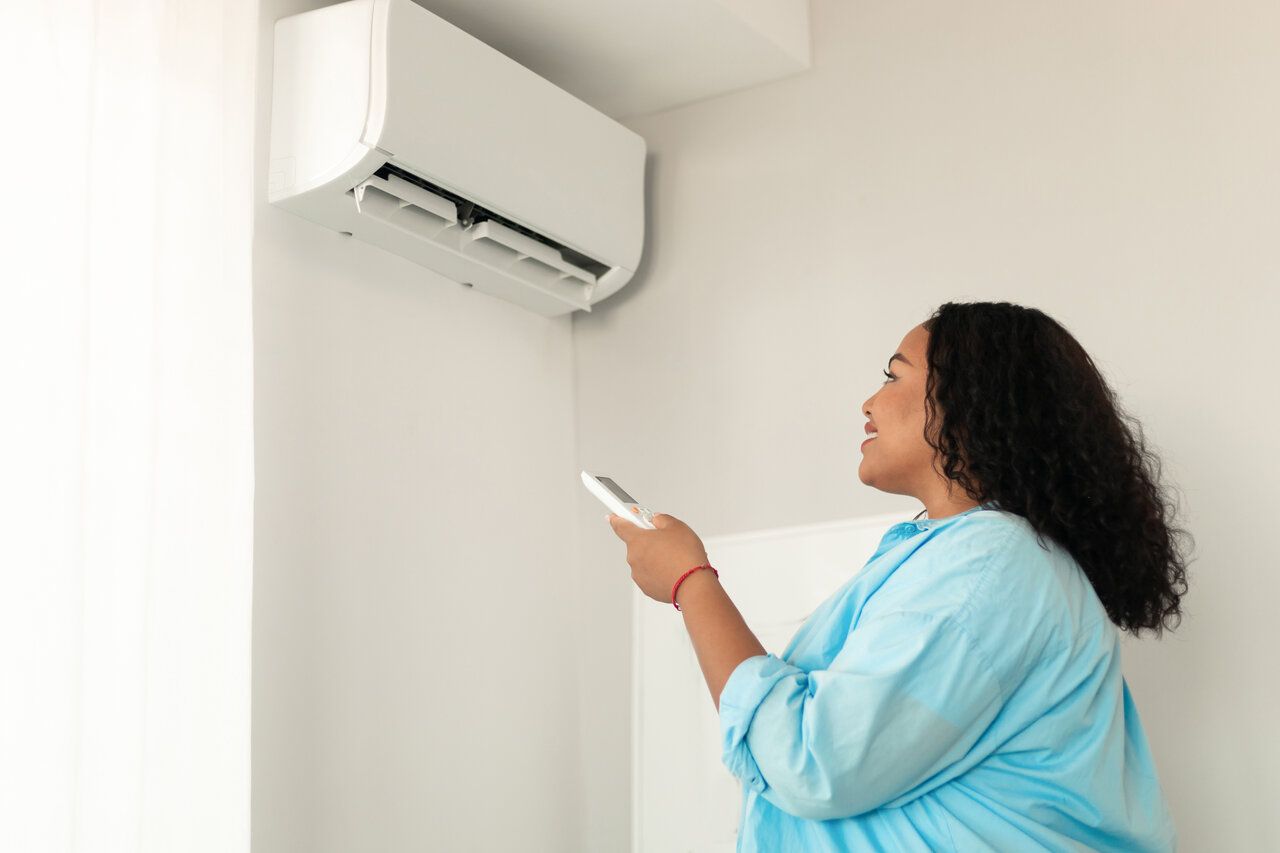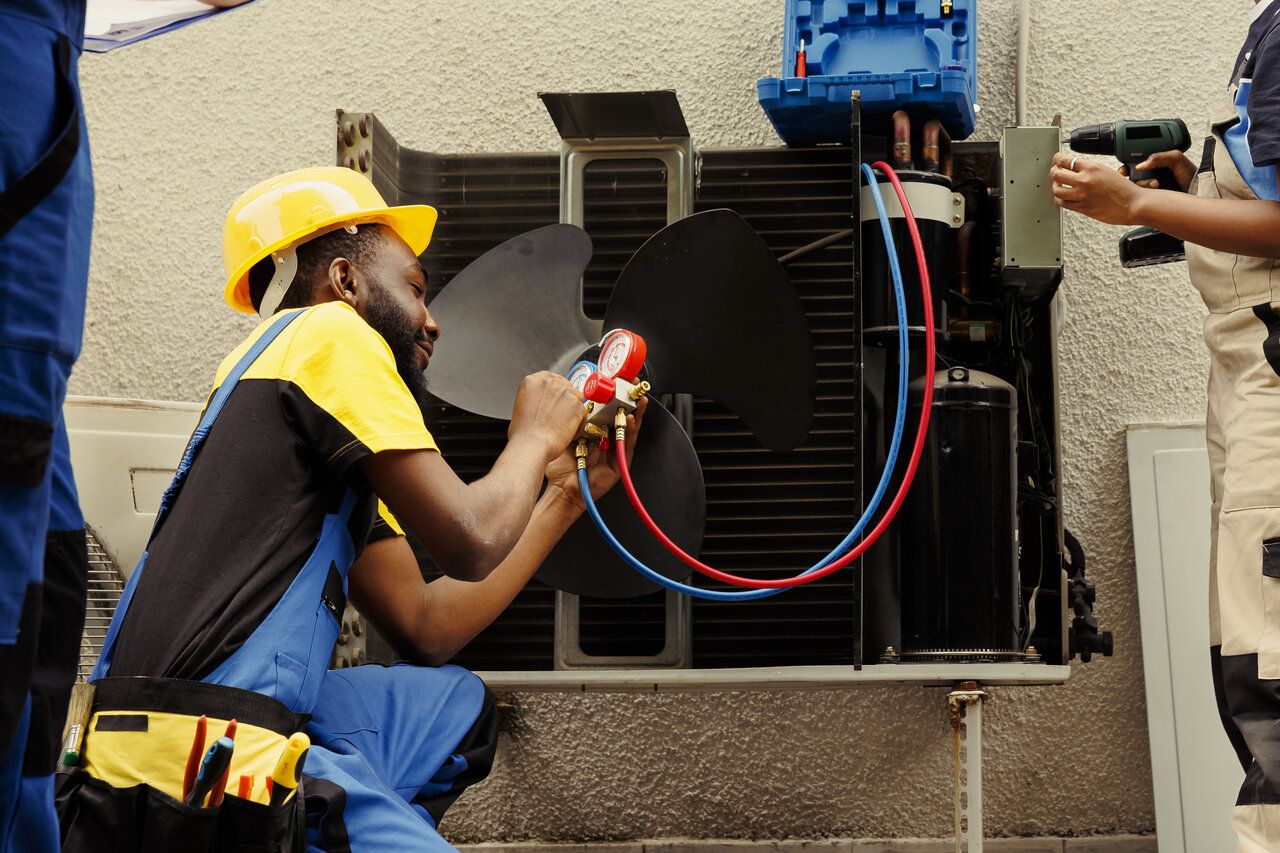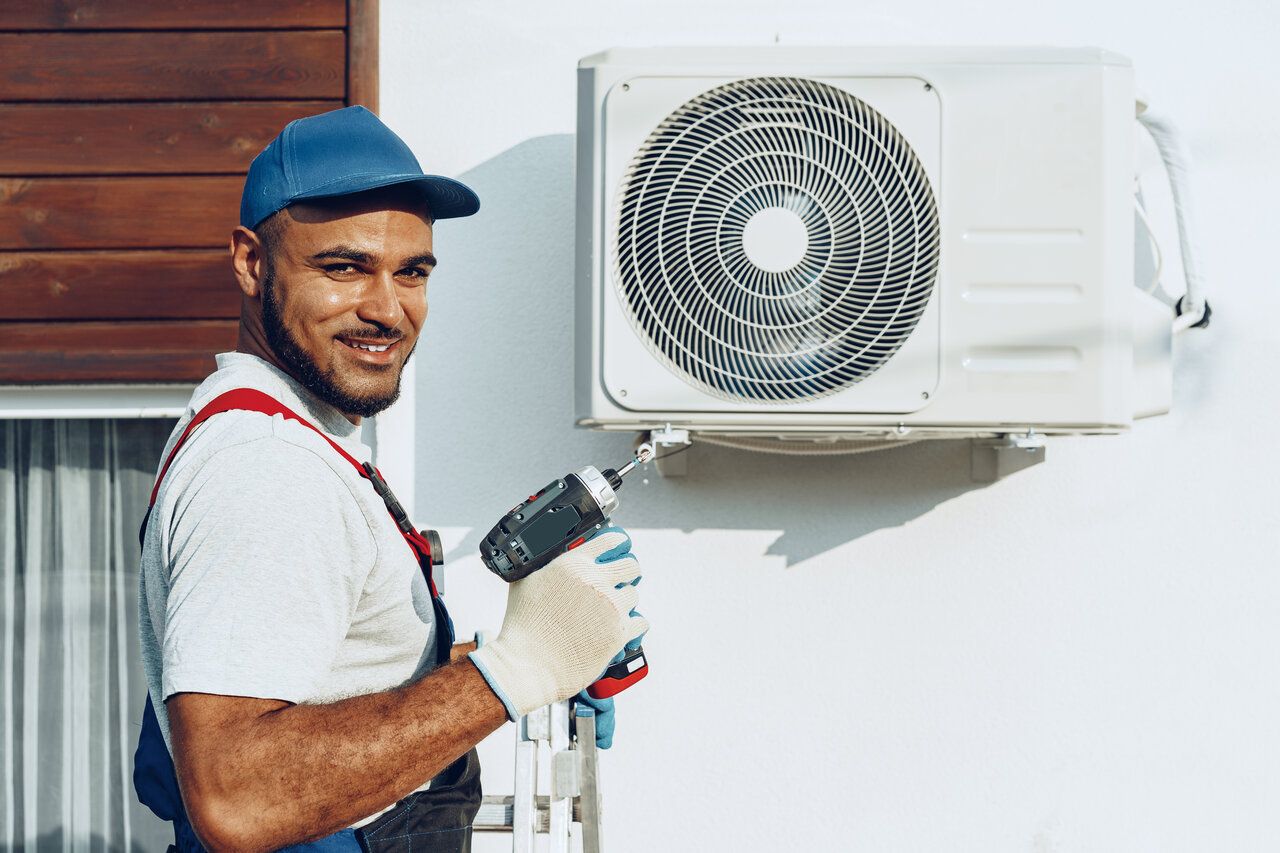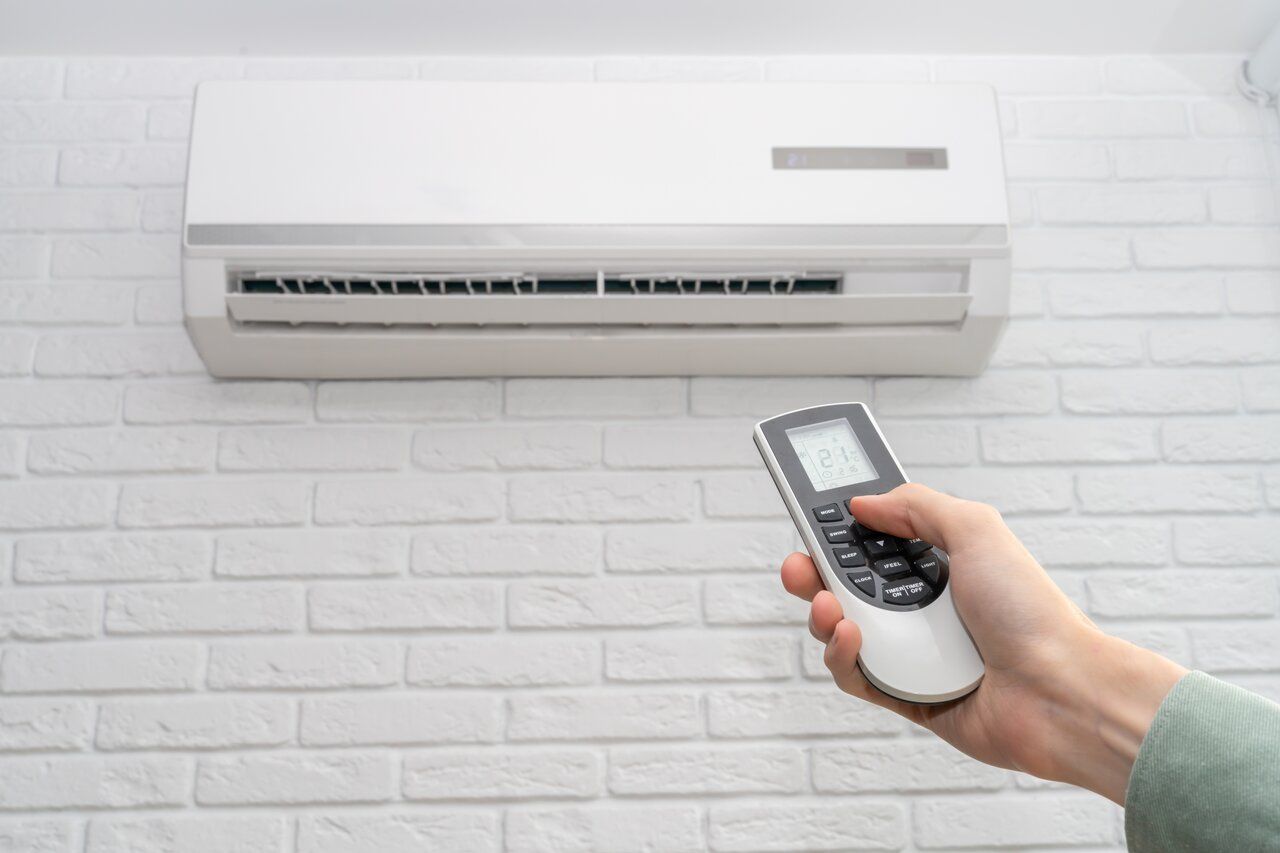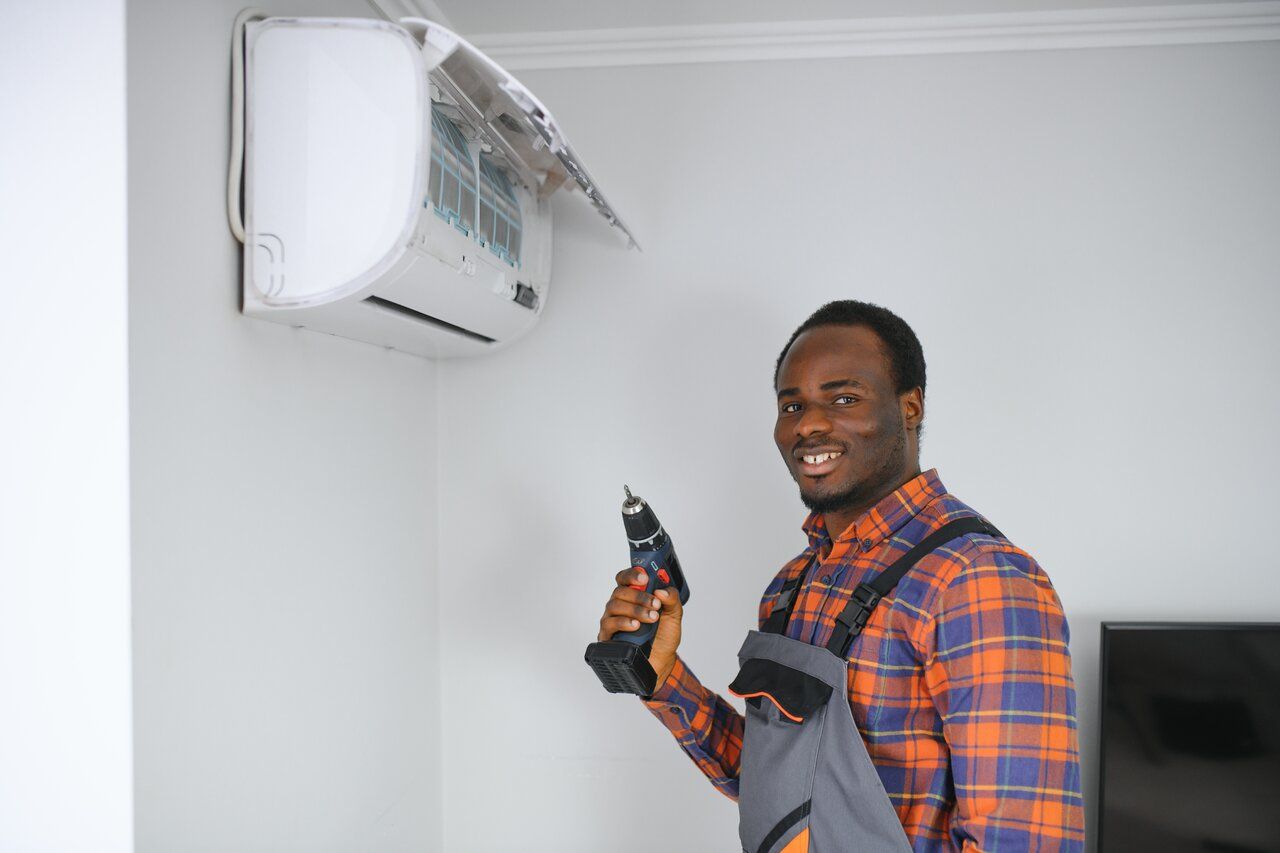
Warm & Cozy Winters Begin with Fall Furnace Care
Getting ready for the winter chill can be overwhelming, but understanding the role of a furnace in providing winter comfort and assessing it before temperatures drop, as well as learning cost-saving tips for efficient furnace operation to get you through the whole season, is essential in keeping you and your family warm and cozy. Although it may be tempting to neglect your furnace routine fall care, the risks associated with doing so should not be taken lightly.
Understanding the Role of Furnace in Winter Comfort
During winter months, having a reliable and effective furnace is essential to stay warm and comfortable. A furnace helps heat up the home by providing warmth through radiation and air circulation. It converts fuel into energy that is used to heat air and send it through the home’s ducts. Moreover, the furnace also helps filter and clean the air by trapping particles that could cause health issues.
Furnaces come in different types, such as electric, gas, and oil. Electric furnaces are the most efficient when it comes to energy conversion, however they have higher up-front costs. Gas furnaces are more economical to install but create more air pollution than electric models. Oil furnaces are usually the least efficient, however, they are favored for providing more efficient heating in extremely cold climates.
However, the effectiveness and efficiency of a furnace also depends on the type of insulation installed in the home. Proper insulation can help maintain heat within rooms and can reduce energy costs. Additionally, proper maintenance of the furnace can maintain its effectiveness, remove air particles and reduce energy costs. Simple steps, such as checking and replacing filters monthly and getting an annual maintenance checkup can help maintain the furnace’s efficiency.
In addition, there are also additional add-ons that can help with energy efficiency and winter comfort. For instance, with an automatic thermostat, heating up the home can become more natural and precise. Smart thermostats also exist and are able to be remotely controlled with a smartphone or tablet. With a high-efficiency air filter, air circulated throughout the home is cleaner and fresher. Similarly, UV air purifiers are efficient for eliminating air-borne microbes and can provide a more comfortable home environment during winter months.
It’s important to know the different types of furnaces and consider factors such as energy efficiency and insulation to create optimal winter comfort. With proper maintenance, additional add-ons, and appropriate insulation, the furnace can operate to its full capacity and provide a cozy home environment. Consequently, taking the necessary steps to understand the role of a furnace and its importance for winter comfort can make a difference in helping to maintain a warm and comfortable home.
Early Fall Furnace Checks: What to Assess Before the Chill Hits
Before the chill of fall arrives, it’s important to ensure your furnace is in top working condition. Furnaces require periodic maintenance to operate safely and at peak efficiency. Early fall is the perfect time to perform furnace checks, but don’t wait until the cold sets in or you are in an emergency situation. However, it’s important to know exactly what to look for and how to assess the condition of your system.
First, check your furnace filters. Dirty and clogged furnace filters reduce the airflow in your system and cause it to work harder, thereby raising your energy costs and possibly burning out your system. Clogged filters can also cause your furnace to generate fumes and other harmful byproducts. Furthermore, if you keep an old filter, rather than replacing it, the internal components of your system can suffer damage due to lack of airflow. That’s why it’s important to check and replace your filter regularly—at least every three months.
In addition to regular filter checks, inspect furnace components for signs of corrosion, rust, and general wear and tear. Also, keep an eye out for soot build-up that indicates a need for increased maintenance. Similarly, check for any gas or fuel connections that have loosened, and examine the flame sensor to make sure it is in proper working condition.
Consequently, call a certified professional to inspect and/or service your furnace. Ask them to investigate your furnace’s combustion efficiency rating (AFUE). An AFUE rating below 78 percent may mean that your furnace needs repair or replacement in the very near future, so be sure to have a certified technician determine the right course of action.
On the other hand, annual maintenance visits keep your furnace running without any unexpected issues. Keeping clean filters, and regular maintenance will keep your system running longer, and with better efficiency. Maintenance visits might include: Inspecting gas line connections, burners, furnace heat exchanger, gas valve, controls, motors, belts, and bearings.
Finally, if you are unsure if your furnace needs check-up, or not sure what to look for, hire a professional.
For instance, the technician will check your thermostat, check for signs of overheating, and inspect for carbon monoxide and other dangerous gasses. A certified technician has the experience to accurately assess the condition of your furnace, and make the necessary adjustments if signs of malfunction appear.
As a result, it’s important to conduct furnace checks early in fall before the chill sets in. With proper maintenance and regular visits to a certified technician, your furnace will keep your home warm and comfortable throughout the season.
The Risks of Neglecting Fall Furnace Care
Failing to take proper care of a furnace during the fall season can have a number of risks. Most notably, poor maintenance can result in the loss of efficiency needed to maintain a comfortable home during the colder winter months. Furthermore, an unmaintained furnace is more prone to breakdowns, leading to costly repair bills. Moreover, an unmaintained furnace can produce carbon monoxide, leading to health problems such as nausea, dizziness, and headaches.
In addition, if ignored for too long, a furnace could reach the point of needing to be replaced entirely which can lead to a hefty bills. Similarly, a dirty furnace filter can cause the air inside the home to be unpleasant, dusty, and uncomfortable. On the other hand, with proper care, a furnace can provide reliable and efficient service throughout the year for many years.
For instance, regularly changing the furnace filter, checking for cracks in the heat exchanger, and keeping the gas lines clean are simple and cost-effective ways to ensure a furnace is running correctly. Similarly, having annual maintenance performed will keep a furnace in the best condition for king temperatures. As a result, a properly maintained furnace will last a longer time, maintain efficiency, avoid carbon monoxide leaks, and help provide a comfortable environment inside the home.
Consequently, it is essential to take care of a furnace during the fall season in order to maintain a healthy home and reliable heating system for years to come.
Cost-Saving Tips: Efficient Furnace Operation All Winter Long
Cost-saving tips can help homeowners to efficiently operate their furnace during winter months and save energy in the long run. Firstly, you should ensure that you are using an efficient furnace model. Many of the models available today, such as modern condensing furnaces, do not waste energy yet still maintain proper temperatures. Additionally, you should regularly clean and check your furnace to ensure it is working optimally. Replace any filters or fan belts that have deteriorated as they can rob the furnace of some energy efficiency. Moreover, you should inspect the system for any air leaks or cracks that are allowing hot air to escape. These can be easily sealed with some caulk or insulation.
In addition, you can set your thermostat to the appropriate temperature. A thermostat that is set too low can require more energy from the furnace, whereas a thermostat that is set too high will require additional energy to catch up. Programmable thermostats can also be useful in maintaining a steady temperature, making them a great investment. Similarly, fans and insulated blankets can be used in colder rooms to help maintain the temperature. The insulated blankets can be placed around water pipes to prevent freezing water, and the fans can help move hot air around the home.
However, you should also check for any underlying problems that may require a repair or maintenance service, as a small issue can costs a lot of energy over time. Furthermore, if your home is not properly maintained, this can limit the efficiency of your furnace. Ensure that you are adequately insulating your home, and any windows or gaps should be sealed to prevent any hot air from escaping.
Finally, you should research any new technology that may help your furnace run efficiently. Technologies such as air source heat pumps use a fraction of the energy of an inefficient furnace, so it may be worth investing in this type of system.
As a result, homeowners should take steps to ensure their furnace is operating efficiently all winter long. These steps include inspecting the furnace components, properly insulating their homes, and researching new technologies. By taking these measures, homeowners can reduce energy costs while still keeping their home warm and comfortable in the winter.
Key Takeaways
Understanding the role of furnace in winter comfort is essential, as reliable and efficient winter heat can make all the difference in comfort levels. Early fall furnace checks can identify any needed repairs or maintenance that can be undertaken before cold weather arrives. Neglecting fall furnace care can have serious consequences, both in terms of repairs, potential hazards, and higher energy costs all winter. Fortunately, there are cost-saving tips available for efficient furnace operation, such as switching to a programmable thermostat, changing air filters on a regular basis, and sealing air leaks. These steps can ensure reliable and efficient furnace operation and comfort throughout the winter.
Frequently Asked Questions
How early in the fall should I start my furnace care routine?
Ideally, you should start your furnace care routine in the late summer, before the cold weather hits. This will give you time to address any possible issues before the temperatures start to drop.
Are there any simple DIY checks I can do for my furnace?
Yes, there are a few simple DIY checks that you can do for your furnace. First, check the air filter for any buildup of dust, dirt, pet hair, or other debris that may be blocking airflow. Also, be sure to listen for any strange noises coming from the furnace such as banging, squeaking, or clicking. These could indicate that something is wrong. Lastly, check to make sure the thermostat is set correctly and that the on/off switch is in the correct position.
How can I save on my heating bills during the winter?
There are several ways to save on heating bills during the winter. You could:
– Install or purchase a programmable thermostat and lower the temperature when you are not at home.
– Make sure to close all windows and doors.
– Seal any drafts and keep the heat in longer.
– Add insulation to your walls and attic to keep the heat in.
– Wear warm, layered clothing to stay warm without cranking up the heat.
– Keep the temperature at 68 degrees or lower.
– Use a space heater to heat small, defined areas instead of heating your whole home.
– Take advantage of natural light during the day.
– Use weather stripping, plastic insulation, and heavy curtains to keep heat in and the cold out.
– Clean or replace your furnace filter regularly.
What are the consequences of neglecting furnace maintenance before winter?
Neglecting furnace maintenance before winter can have serious consequences. A neglected furnace may not operate efficiently, potentially causing significant energy costs. It can also cause the furnace to operate at dangerously high temperatures, possibly leading to a fire hazard. Over time, lack of maintenance can also lead to breakdowns, forcing you to incur costly repairs or replacements. Finally, not changing furnace filters regularly can cause poor air quality in your home, leading to health issues such as asthma and allergies.





